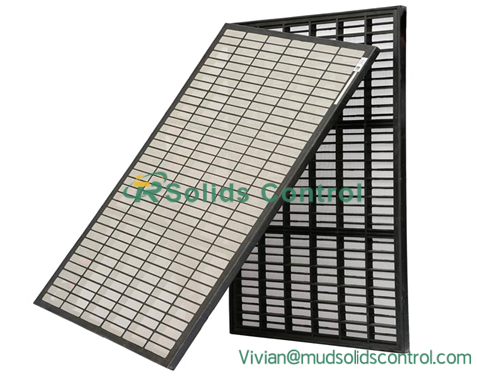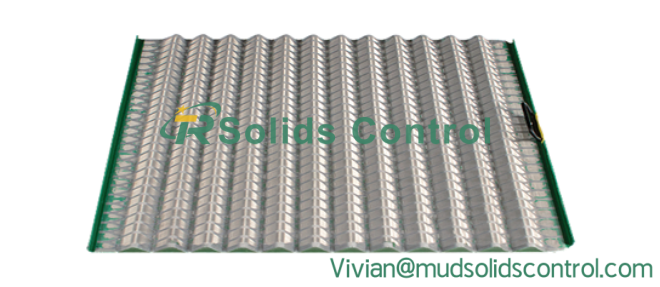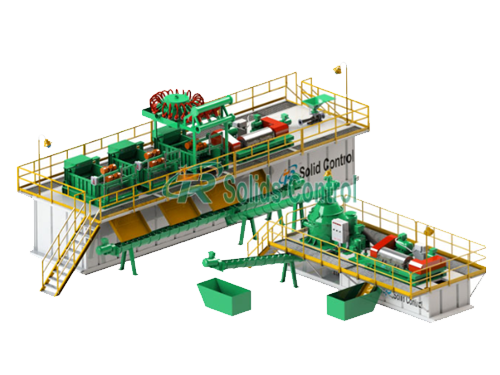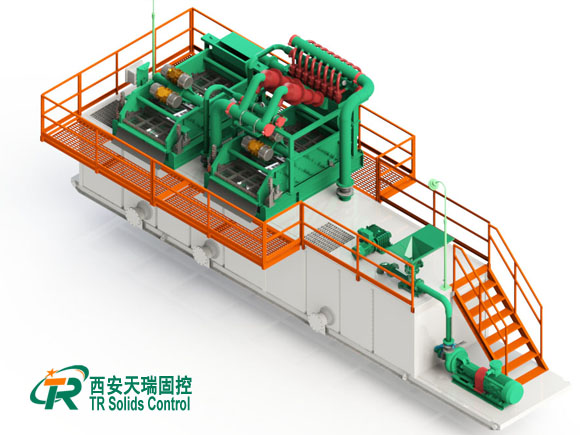Tag Archives: TR Shaker Screen
How to Choose the Right Shale Shaker Screen for Your Operation
Selecting the correct shale shaker screen is one of the most important decisions in any drilling operation. The screen directly affects solids control efficiency, drilling fluid quality, and overall equipment performance. With so many screen types and configurations available, understanding how to choose the right shale shaker screen ensures maximum productivity and lower operating costs.

1. Understand Mesh Size and API Rating
Mesh size determines the size of particles that can pass through the screen. Shaker screens are classified using API (American Petroleum Institute) standards, which indicate their separation capability.
- Coarse screens (API 20–80): Used for larger solids in early-stage drilling.
- Medium screens (API 100–150): Suitable for general solids control.
- Fine screens (API 170–325): Used for fine solids and high-performance filtration.
Selecting the proper API size ensures efficient fluid recovery without overloading the system.
2. Choose the Right Screen Type
There are two main shale shaker screen types:
- Steel Frame Screens: Strong and durable, ideal for heavy-duty drilling operations.
- Composite Frame Screens: Lightweight, corrosion-resistant, and longer-lasting, providing improved fluid handling and lower replacement costs.
Choose composite screens if your operation prioritizes longevity and reduced maintenance.
3. Consider the Drilling Conditions
Different drilling environments require specific screen characteristics.
- High-temperature wells: Use heat-resistant materials.
- High-viscosity mud: Opt for screens with larger mesh openings.
- Fine solids drilling: Choose multi-layer fine mesh screens for better cuttings control.

4. Focus on Screen Compatibility
Always ensure that the shale shaker screen fits perfectly with your shale shaker brand and model (such as Mongoose, Derrick, Brandt, or FLC). Poorly fitted screens can lead to mud leakage, reduced efficiency, and equipment wear.
5. Balance Cost and Durability
High-quality shale shaker screens may cost more initially but provide longer service life and better performance. Investing in premium screens reduces downtime and overall operating expenses.
Conclusion
Choosing the right shale shaker screen for your operation requires balancing mesh size, screen type, drilling conditions, and cost efficiency. The correct selection ensures optimal solids control, better drilling fluid recovery, and longer equipment lifespan—making it a key factor in achieving sustainable, cost-effective drilling operations.





